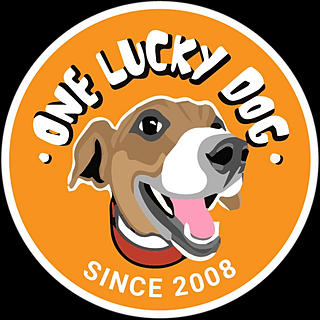Dog Recall Fundamentals
- Linda Healy
- Feb 10, 2015
- 3 min read

Whether you’re teaching a young puppy or an older dog, the first step is always to establish that coming to you is the best thing your dog can do. Any time your dog comes to you whether you’ve called her or not, acknowledge that you appreciate it. You can do this with smiles, praise, affection, play or treats. This consistent reinforcement ensures that your dog will continue to “check in” with you frequently.
You’ll usually be more successful at getting your dog to come when you call if you run away from her while you call. Dogs find it hard to resist chasing after a running person, especially their pet parent. This is important to keep in mind if you’re in an emergency situation—for instance, if you see your dog running toward a road. As hard as it is to resist running after your dog, if you scream her name and run in the opposite direction, she’s much more likely to change direction and come after you. You should only run after your dog in a situation like this if you’re confident that you can stop her before she reaches the road.Dogs tend to tune us out if we talk to them all the time. Whether you’re training or out for an off-leash walk with your dog, refrain from constantly chattering to her. If you’re quiet much of the time, your dog is more likely to pay attention to you when you call her.
Appreciate every effort your dog makes at coming to you when you call. Often, a dog will start off running toward her pet parent but then get distracted by something and veer off in another direction. Pre-empt this situation by praising your dog and cheering her on at the beginning, right when she starts to come to you and before she has a chance to get distracted. Your praise will keep her focused so that she’ll be more likely to come all the way to you. If she stops or turns away from you, you can give her feedback by saying “Uh-uh!” or “Hey!” in a different tone of voice (displeased or unpleasantly surprised). When she looks at you again, smile, call her and praise her as she approaches you. Reward her generously when she arrives. Whenever you’re out training the recall, be sure to bring delicious treats that your dog loves, diced into bite-sized pieces. It’s especially effective to use special rewards that your dog doesn’t get at any other time, such as chunks of chicken breast, cooked chicken livers, cheese, hot dogs, baby food or bits of sausage.
Progress your dog’s training in baby steps. If she’s learned to come when called in your kitchen, you can’t expect her to be able to do it at the dog park when she’s surrounded by a pack of her buddies. That would be like a child suddenly jumping from first grade to eighth grade in school! If your dog comes when called in the kitchen, try the upstairs hallway next. If she comes there, try the backyard. Then continue to practice in the backyard—but arrange for kids to be playing next door so that there’s mild distraction. Try the hallway again, but this time scatter a few of your dog’s toys on the floor in advance. Next, progress to your front yard or somewhere relatively quiet in your neighborhood. Finally, try your local park, but make sure there’s no one around to distract your dog when you first test her recall. Use a long training leash (15 to 40 feet long) whenever you’re training her outside of a safely fenced area. Only when your dog has mastered the recall in a number of locations and in the face of numerous distractions can you expect that she’ll come to you when she’s playing at the dog park or chasing a squirrel in the backyard.

























Comments